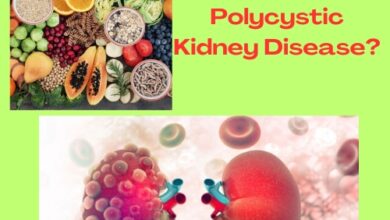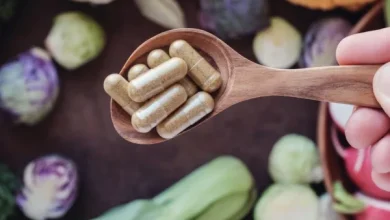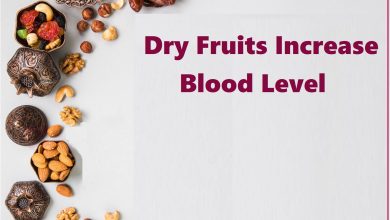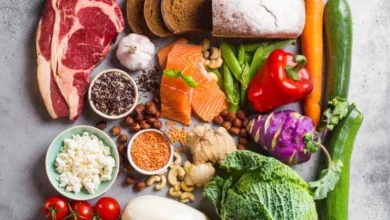Pumpkin Spice Latte season starts today. Here’s what dietitians say about fall’s favorite drink.
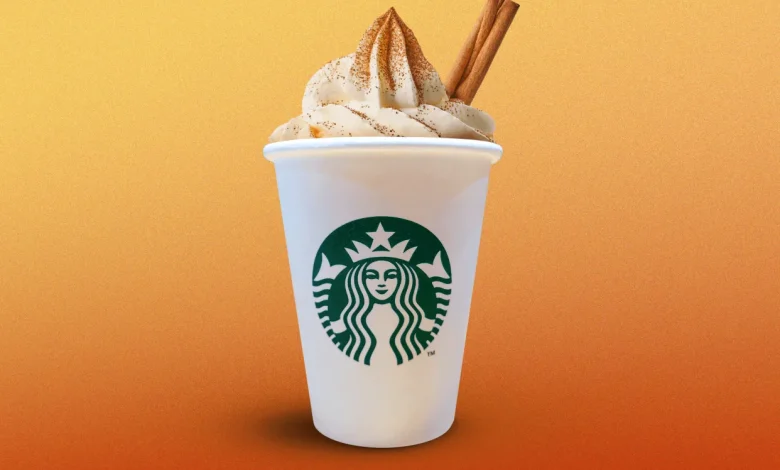
Is there a hint of fall in the air? On Thursday, which many regard to be the unofficial start of fall, Starbucks has announced that the Pumpkin Spice Latte will make a big comeback. (Just so you know, fall officially doesn’t start until the equinox on September 22, which is a full month away.)
However, if you intend to drink PSLs throughout the season, you might want to educate yourself on their potential health risks. Here is everything you should know about this well-known coffee beverage.
Why is the Pumpkin Spice Latte still a thing?
First, a little history: Starbucks developed the Pumpkin Spice Latte, or PSL, in 2003 to capitalise on the popularity of their first seasonal offering, the Peppermint Mocha. The beverage has a flavour evocative of pumpkin pie that is perfect for fall. It is produced with a ‘pumpkin pie spice sauce’ that is made with pureed pumpkin, steaming milk, espresso and whipped cream. Pumpkin spices like ginger, nutmeg and cinnamon are also added to the drink.
Whether you despise the trend or adore the beverage and all of its warm, comforting autumn associations, coffee has firmly established itself in popular culture. This is partly due to social media, where autumnal staples like selfies of PSL supporters cradling their seasonal drinks have become commonplace. In a light-hearted attempt to capitalise on the excitement, Starbucks even gave the PSL its own Twitter account in 2014.
Following the PSL’s surge in popularity, pumpkin spice was included in everything from body scrub to Oreos. However, not many of its offshoots have experienced the same degree of long-term success.
The passion is even supported by science: Researchers at Johns Hopkins University discovered in 2021 that the spices in a PSL are connected to sentiments of nostalgia. Still, it’s possible that more than just nostalgia is driving individuals to order the beverage in season.
Author of You Are Not Crazy: Letters From Your Therapist and licensed therapist David Klow, who founded the Chicago-based Skylight Counselling Centre, recently stated to Yahoo Life that although people are naturally drawn to novelty, they also “long to create a sense of routine in our lives.” Thus, something like the PSL, which only appears once a year, “merges these two drives within us” and sends us barreling through the drive-through at Starbucks.
But is a Pumpkin Spice Latte good for you?
Is it wise to include this autumnal mainstay in your diet for the duration of the season? The spices that give PSL its distinctive flavour offer several health advantages, according to registered nutritionist Sheri Gaw, who speaks with Yahoo Life.
“A 2019 review found that cloves and cinnamon are great antioxidant sources and that regular consumption lowers the risk of dying from ischaemic heart disease, cancer, and respiratory diseases,” adds Gaw. She adds that studies have linked the health advantages of nutmeg and ginger to defence against microbial infections, diabetes, cancer, and obesity.
The drawback is that, according to Gaw, all those healthful spices also include a significant amount of sugar, saturated fat, and calories. For others, this could result in an increase in blood sugar or high cholesterol levels.
Starbucks’ 16-ounce Pumpkin Spice Latte (a Grande) contains 390 calories, 14 grammes of fat, nine of which are saturated, and 50 grammes of sugar. Although the drink has 14 grammes of protein, it is generally more than most people should ingest in one sugary treat, especially since a PSL has virtually no fibre.
The American Heart Association (AHA) states that men should consume no more than 36 grammes of added sugar per day, while women should not consume more than 25 grammes. Additionally, the American Heart Association advises that fat account for 25% to 35% of daily calories, or 56 to 78 grammes for a 2,000 calorie diet. Less than 7% of your daily calories, or about 13 grammes, should come from saturated fat.
It’s also vital to remember that a Grande PSL has 150 mg of caffeine because it is an espresso-based beverage. People who don’t usually drink coffee during the rest of the year could find this problematic because they are more prone to suffer from the negative effects of caffeine, such raised blood pressure or heart rate or disturbed sleep. Experienced coffee consumers should also remember that the Food and Drug Administration recommends consuming no more than 400 mg of caffeine per day. You would tip over that if you had more than two PSLs in a single day.
A PSL can fit into most diet plans as is, but given its low nutritional value, high calorie content, and added sugar, dietitian Brittany Werner, director of coaching at Working Against Gravity, tells Yahoo Life that “it’s clear that a PSL is genuinely a dessert.” In order to maintain a balanced diet, she advises that we “treat PSLs as a special indulgence and not something that should be consumed frequently.”
Ask your Starbucks barista for an alternative if you simply can’t get enough of PSLs. Selecting other milk varieties, such as skim, still provides protein and reduces fat and calorie intake. Dietitian Chris Mohr, fitness and nutrition expert at Fortune Recommends Health, advises starting with half the syrup as a way to “lighten” the drink while still getting the PSL you want.

